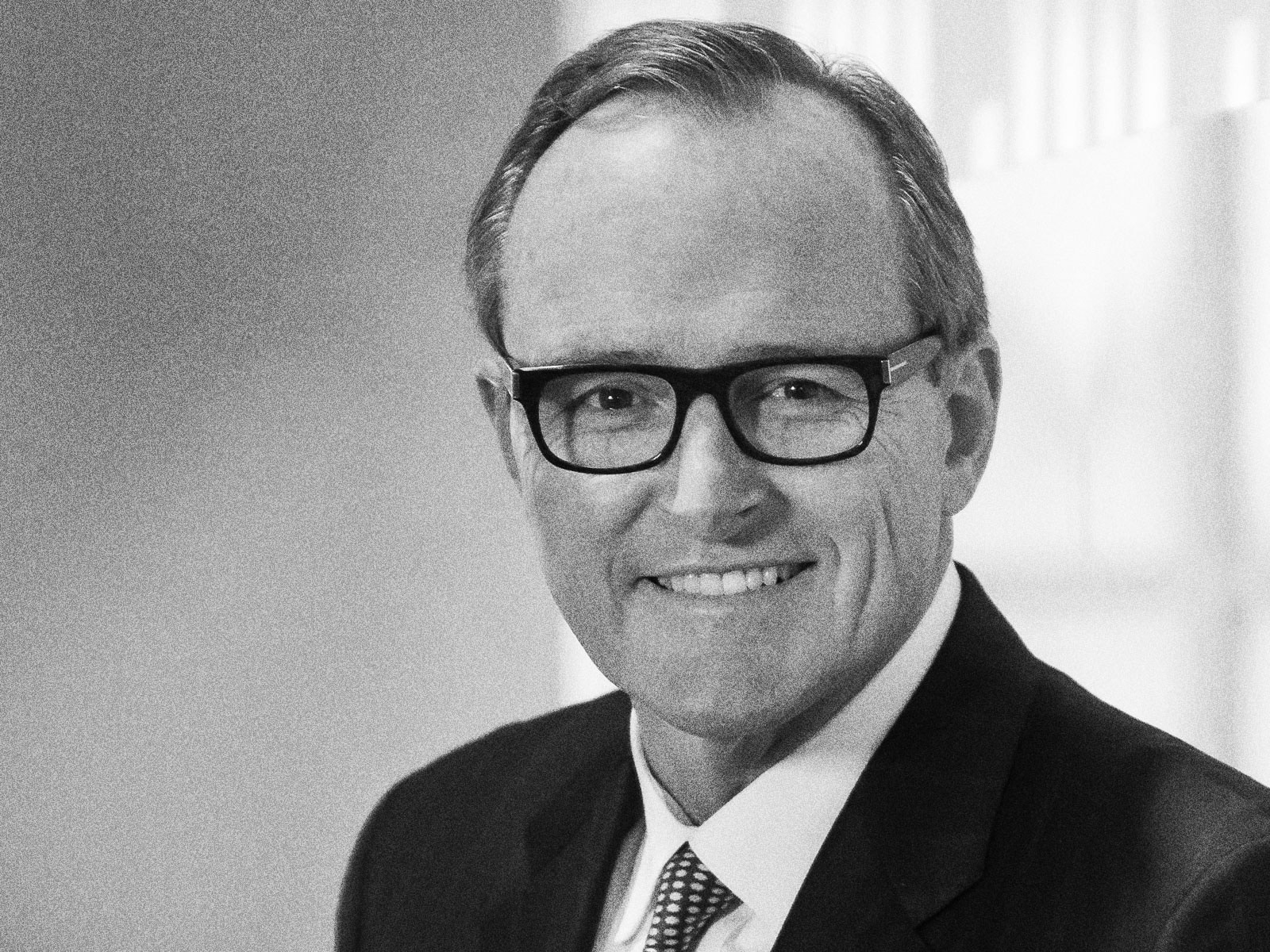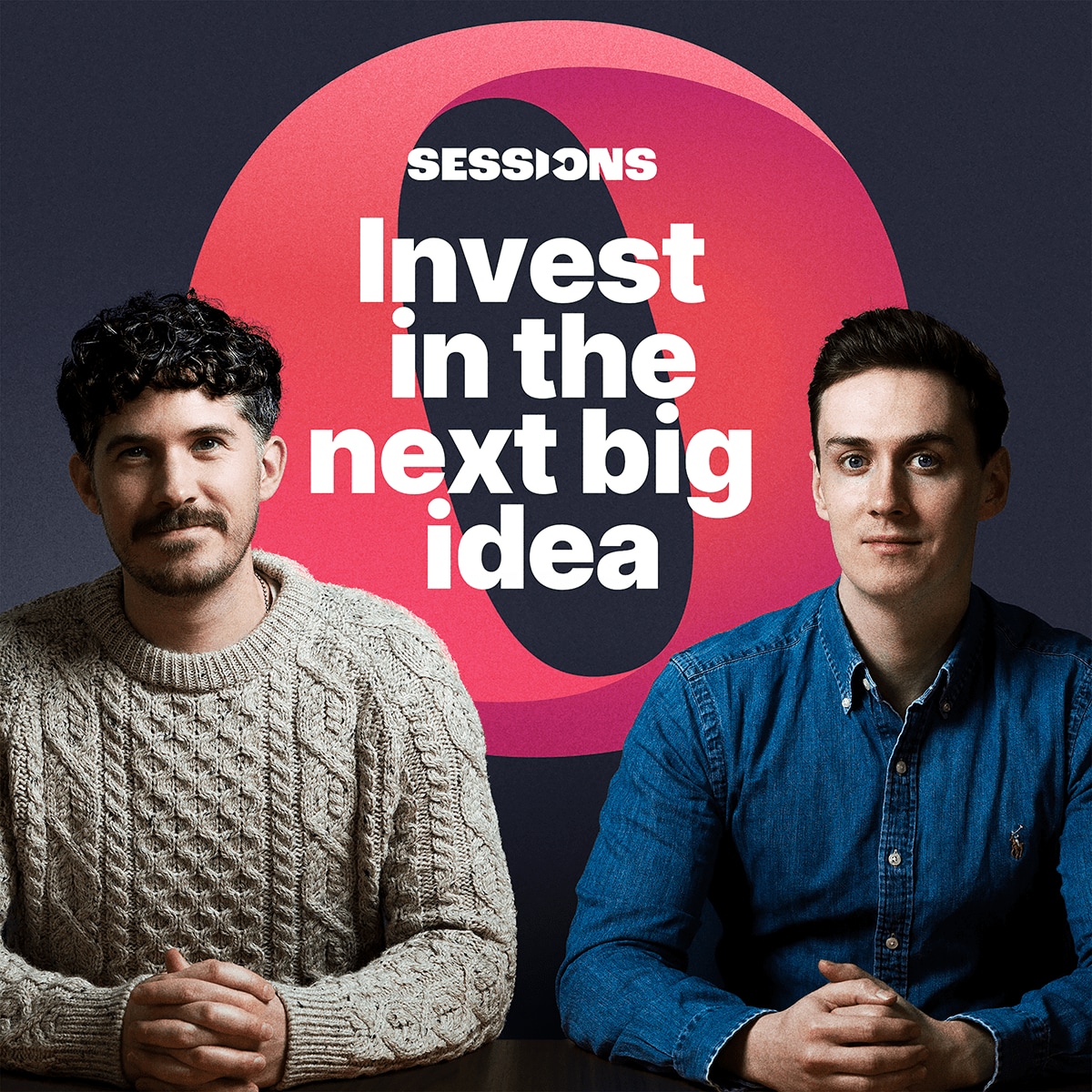Jonathan Hirtle, co-founder and executive chairman of Hirtle, Callaghan & Co and pioneer of the outsourced chief investment officer (OCIO) model, joins Opto Sessions to discuss his approach to securing market-beating returns.
LISTEN TO THE INTERVIEW:
Jonathan Hirtle served in the US Marine Corps before working for Goldman Sachs during the 1980s. He founded Hirtle, Callaghan & Co with Donald E. Callaghan in 1988. Today the firm is a $20bn registered investment advisor whose growth has been driven solely by organic means, without the aid of outside capital. He describes the firm to Opto Sessions as “the first large, powerful, sophisticated, fiercely independent investment office that’s available to serious investors everywhere”.
From early on during his time at Goldman Sachs, Hirtle bought into the firm’s “noble cause” of serving their clients. However, the results that he achieved were mixed. Alongside the head of the research department at the time, Hirtle began exploring more advanced concepts of portfolio construction.
During the same period, Hirtle came across Arthur Miltenberger, investment advisor to the Richard K. Mellon family, and was struck by the small, independent office’s ability to consistently outperform Goldman Sachs.
Realising that this structure could better serve his clients than the Goldman Sachs model became the “eureka moment” that eventually led to the foundation of Hirtle, Callaghan & Co.
The OCIO approach
Hirtle is perhaps best known as a pioneer of the outsourced chief investment officer (OCIO) model.
The model, he says, revolves around the fact that few sophisticated investors (such as a high-wealth family or a trust fund) would trust an investment bank or brokerage firm to manage their money because of the potential for conflicts of interest.
The question is, he says, “If you recommend that I put more money in venture capital, is that because you really believe in it, or because you're going to make more money on this venture capital product?”
In this light, Hirtle believes “the world's most consistently successful investors rely on their own multibillion-dollar, independent, sophisticated and conflict-free investment office”.
Hirtle, Callaghan & Co makes that structure available to private investors and backs it up with its own $20bn purchasing power.
The benefits, he says, are threefold: firstly, it generates “higher returns with lower risk”. Secondly, investment programmes are tailored to the needs of individual clients. Thirdly, the durability of Hirtle, Callaghan & Co gives its clients stability and dependability over a long period of time, enabling them to approach investing with greater confidence.
“The world's most consistently successful investors rely on their own multibillion-dollar, independent, sophisticated and conflict-free investment office.”
Multiple cycles, the 1987 crash
Having invested through multiple cycles and crashes, Hirtle uses the analogy of bridge building to explain why every cycle is in some respects the same and in others different.
“The Newtonian physics associated with bridge building never changes,” he says. “But the site changes, the stress factor changes and the purpose of the bridge changes. And then also the materials that you use to build a bridge are innovated over time.”
Similarly, in investing, different cycles share parallels but also have key differences. “It's important not to use history to try to predict the future, but to use it kind of as a foil.”
The 1987 crash was “a jaw-dropping wake-up call” for Hirtle. While a similar drop in the Dow Jones would prompt a similar reaction today, Hirtle highlights the way in which the 1987 crash was unique, having been caused by “the introduction of a tool called portfolio insurance”, which, in turn, prompted “a process of automatic dynamic hedging”.
However, Hirtle recognises that there are general lessons to be learned from the particular circumstances of the 1987 crash: “watch out for unintended consequences of new products, philosophies and regulations” and don’t be “fooled by randomness”.
Where are we in today’s cycle?
Market cycles, Hirtle says, are much messier than they appear to be in textbooks written after the fact. “The books all portray the cycle as an elegant symmetrical sine curve, but it’s more often a muddle that is only discernible as a curve in retrospect.”
However, he believes that, with hindsight, the current scenario will look like the end of the current cycle.
“The important question is not whether we have a recession. They happen. The important question is, how deep will it be.”
Hirtle sees opportunities in the event that there is a recession. “Once you get through that down period and you’re starting to see things coming back”, that is the point “where a lot of money is made”.
At present, Hirtle remains invested in stocks and equities because bonds don’t currently offer significant returns, and he believes that “exceptional returns” are still available in private markets.
“The important question is not whether we have a recession. They happen. The important question is, how deep will it be.”
Ride to the sound of the guns
A key part of Hirtle’s investment philosophy involves exploiting market inefficiencies. To find these, one must, as he puts it, “ride to the sound of the guns” — that is, seek out the parts of the market that are undergoing disruption and turmoil at any given moment.
Often, he says, other investors are fleeing these sectors, and that in itself creates opportunities.
“There’s opportunities to take advantage of excess returns when people are acting emotionally and not rationally,” he says.
When asked which sectors display these characteristics at present, Hirtle gives two examples. The first is commercial real estate: “The coming pain in commercial real estate in the US will create opportunities.”
The other is software: “We still believe that software is eating the world.” The disruption that the software sector’s growth is causing in venture capital and private markets is, again, an avenue of opportunity for Hirtle.
These two industries “are the most compelling long-term ideas that we have” at present, he says.
For more ways to listen:
Listen to the full interview and explore our past episodes on Opto Sessions. You can also check out all our episodes via our YouTube Channel.
Disclaimer Past performance is not a reliable indicator of future results.
CMC Markets is an execution-only service provider. The material (whether or not it states any opinions) is for general information purposes only, and does not take into account your personal circumstances or objectives. Nothing in this material is (or should be considered to be) financial, investment or other advice on which reliance should be placed. No opinion given in the material constitutes a recommendation by CMC Markets or the author that any particular investment, security, transaction or investment strategy is suitable for any specific person.
The material has not been prepared in accordance with legal requirements designed to promote the independence of investment research. Although we are not specifically prevented from dealing before providing this material, we do not seek to take advantage of the material prior to its dissemination.
CMC Markets does not endorse or offer opinion on the trading strategies used by the author. Their trading strategies do not guarantee any return and CMC Markets shall not be held responsible for any loss that you may incur, either directly or indirectly, arising from any investment based on any information contained herein.
*Tax treatment depends on individual circumstances and can change or may differ in a jurisdiction other than the UK.
Continue reading for FREE
- Includes free newsletter updates, unsubscribe anytime. Privacy policy


